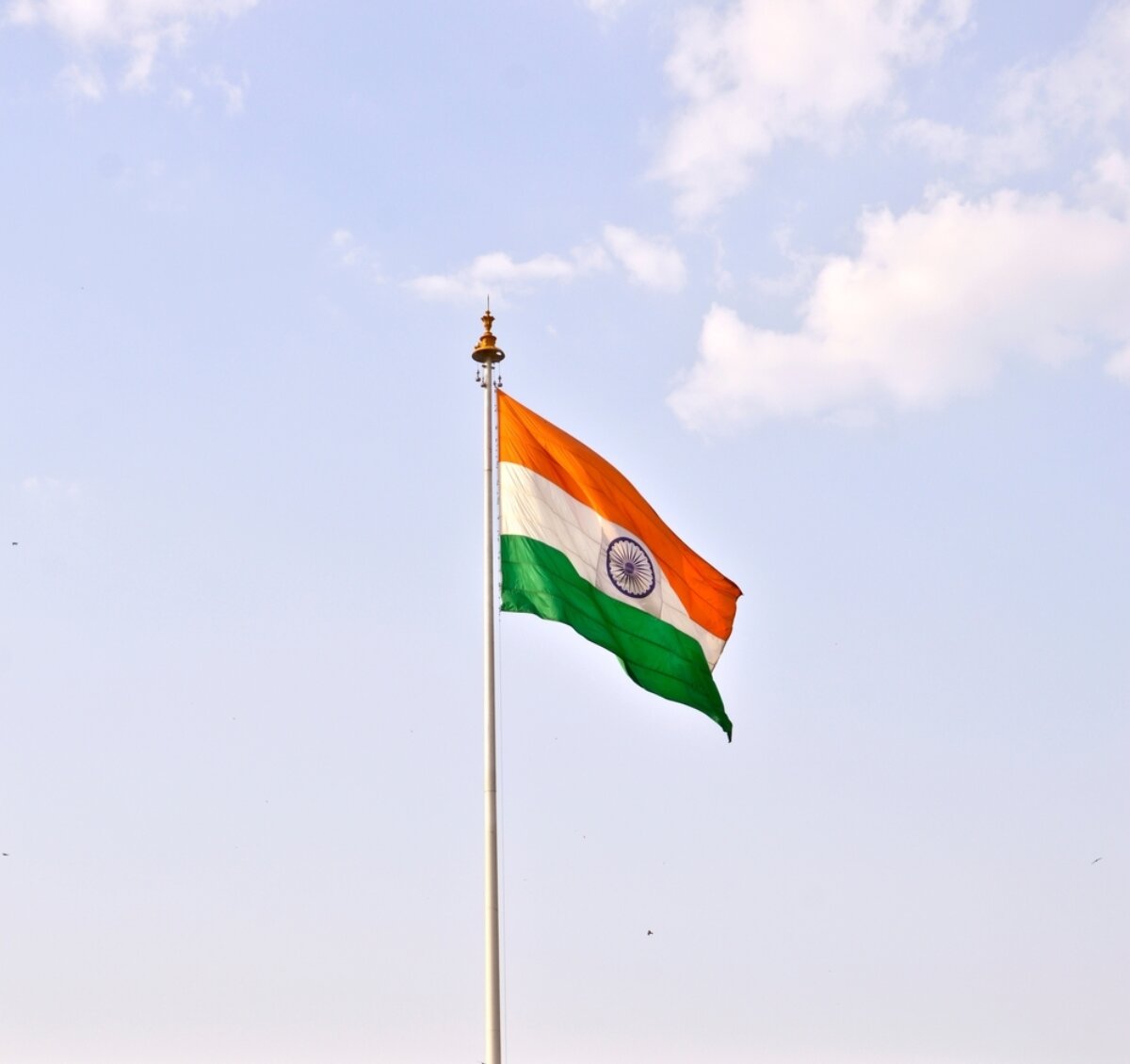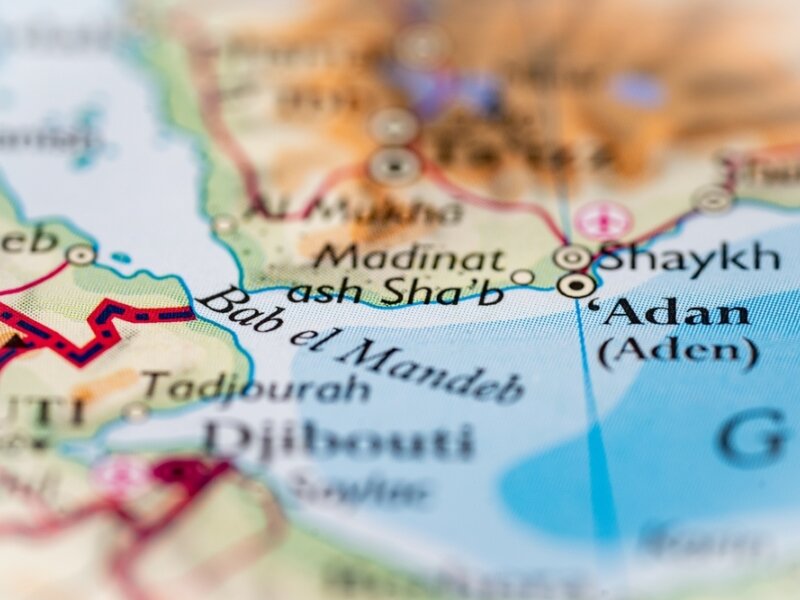Diaspora Indiana: asso nella manica di Modi
Quanto contano le diverse comunità indiane nella politica estera dell’India di Modi. Il punto di Guido Bolaffi

Nelle relazioni internazionali di un paese la qualità della sua emigrazione funziona da asso nella manica. Come testimonia il ruolo avuto da quella degli emigrati indiani in America nell’accoglienza, insolitamente calorosa, riservata dalla Casa Bianca al Primo Ministro della loro ex Madre Patria. Infatti, sostiene il docente di Harvard Joseph Nye: “If you have people in the diaspora who are successful and create a positive image of the country from which they came from, that helps their native country”.
Ecco perché, secondo l’Economist del 12 giugno scorso: “The diaspora’s wins both promote India’s image and benefit its prime minister Narendra Modi”. Il quale però, ricordava con malcelata malizia il Financial Times del 26 giugno nell’incipit del lungo commento How India is moving into the US orbit: “In 2005 could not get a visa to US over claim about communal violence in his home state of Gujarat [...] The reception, one of the high points in a three-day state-visit, reflected the seismic shift in US-India relations that has occurred over the past 25 years”.
La diaspora indiana, oltre ad essere la più numerosa alle spalle di quella messicana, è forse oggi la comunità straniera politicamente più influente tra le molte altre presenti sul territorio del paese a stelle e strisce.
Basta leggere al riguardo quanto scrivevano Yasmeen Serhan e Astha Rajvanshi nell’articolo What Modi’s Visit to Washington Tell Us About Indian American Voters pubblicato il 16 giugno dal magazine Time: “With a population of nearly 5 million, Indian American are the second-largest immigrant group and fastest-growing voting bloc in the U.S. today. Their impact is evident at the ballot box, where Indian Americans voted in record numbers during the 2020 presidential election. It is also becoming increasingly apparent in the halls of power, from Congress (where there are five Indian American lawmakers currently serving, up from just one a decade ago) to the white House (where Kamala Harris, who is biracial, made history as the first Vice President of Indian heritage). While every presidential contest since 2016 has featured at least one Indian American candidate, 2024 is poised to be the first race to feature at least two: Nikki Hayley, the daughter of Sikh immigrants from Punjab, and Vivek Ramaswamy, whose parents hail from Kerala [...] While Indian American are hardly a monolith, they tend to vote for Democrats, rather than Republicans who are more closely aligned with Modi’s right-wing Bharatiya Janata Party. As many as 74% of Indian American voters are thought to have backed Biden in 2020, according to a 2022 survey by AAPI Data, compared to just 15% supporting Donald Trump”.
Una formidabile lobby politica conseguita dalla diaspora degli immigrati USA grazie ad una condizione culturale, professionale ed economica mediamente superiore a quella delle altre comunità straniere.
Una superiorità certificata dall’Economist nella lunga inchiesta India’s diaspora is bigger and more influential than any in history: “Only 22% of Indian immigrants in America above the age of five say they have no more than limited command in English, compared with 57% of Chinese immigrants […] In America almost 80% of the Indian-born population over school age have at least an undergraduate degree compared with just 50% of the Chinese-born population and 30% of the total population […] Indian are the highest-earning migrant group in America, with a median household income of almost $150.000 per year. That is double the national average and well ahead of Chinese migrants, with a median household income of over $87.000”.
Il Nobel per l’economia Amartya Sen nel memorabile articolo La doppia anima dell’India pubblicato dal Sole24Ore più di vent’anni fa scriveva: “Se in passato la stragrande maggioranza degli emigrati indiani svolgeva lavori modesti, oggi la situazione è diversa. Si tratta, infatti, di ricercatori o di persone assunte a dirigere reparti tecnici che quando tornano hanno una significativa professionalità ed acquisito notevoli competenze dirigenziali oltre ad aver raggiunto un livello tecnico eccellente. L’apertura al mondo della scienza e della tecnologia è fra i doni più benefici della cultura dell’India”.
Una grande verità confermata dal recentissimo studio Top Talent, Elite Colleges and Migration: Evidence from The Indian Institutes of Technology pubblicato sul Journal of Development Economics dagli studiosi Prithwiraj Choudhury, Ina Ganguli e Patrick Gaule: “ We study migration in the very right tail of the talent distribution for high school students in India, focusing on the Indian Institutes of Technology […] 36% of the 1000 best performers had migrated abroad, rising 62% among the 100 best. Most went to America”.



